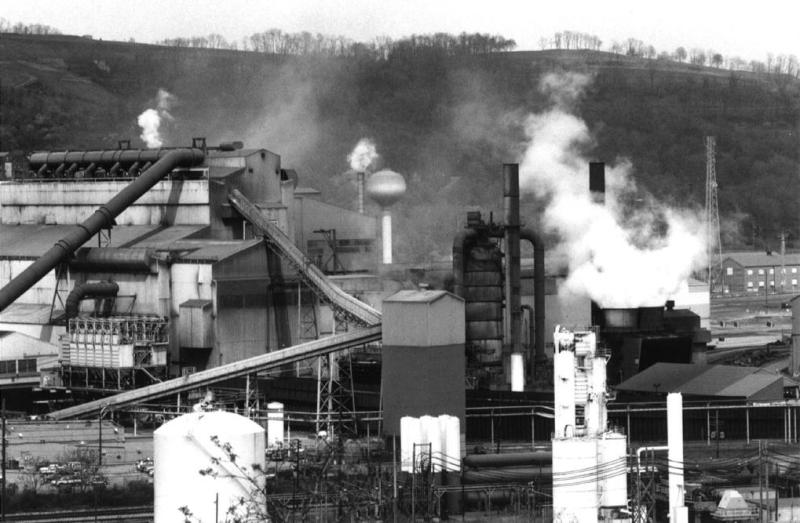
It was recently announced that US Steel will be acquired by Tokyo-based Nippon Steel for a measly $14.1 billion , ending the former’s 122 year history as a former US industrial powerhouse. Yet what happened to degrade what was once the number one steel maker in the world upon its formation out of two existing industrial giants in 1901 into a has-been? This is the topic that [Brian Potter] dives into in a recent article.
Most of the how and why can be condensed into a simple reluctance to follow industry innovations, often passing on new technologies. This went well until the post-WWII era, when foreign competition began to heat up, with this competition more than happy to embrace whatever new steel making technologies became available. Case in point was the replacement of open hearth furnaces with basic oxygen furnaces by the early 1950s, which US Steel only began to adopt in the 1960s. These were then themselves largely replaced by contemporary electric arc furnaces, in a constant renewal process that US Steel failed to adapt to, unlike its more nimble competitors.
By the early 1980s US Steel’s US market share had already dropped to around 20% as Japanese steel makers in particular were eating its lunch. As US Steel and other US steel makers kept falling behind on the competition, shedding plants and workers in an attempt to stay profitable, it should come as no surprise that this would be US Steel’s ultimate fate.
(top image: Edgar Thomson Steel Works in the mid-1990s (Credit: David Rochberg – Own work, CC BY 2.5) )
0 Commentaires